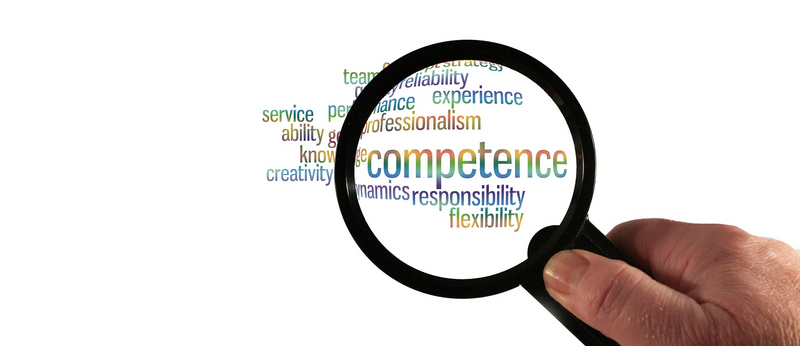ATD Blog
3 Steps to Workforce Agility
Wed Nov 14 2018

Workforce agility refers to an organization’s ability to move people to support changes in the environment. I think of it like supply and demand: Workforce agility enables you to easily move people from one place where demand is low to another place where demand is high.
For example, let’s look at how automation can impact your workforce needs.
If automation is being applied in some area such that the people-need is lower, I want to be able to move people who used to do that work to a place where they have the requisite skills and demand is higher.
If automation is being applied in some area such that the skills associated with that work change, I need to be able to upskill people to do the new work or move people with the right skills to that area.
I like to use an analogy of a sports team. Every team has different positions people need to play, regardless of the sport. Usually, you try to have some “depth”, people who can play a certain position when the top player gets tired or hurt. Other times, you don’t have sufficient depth; you need someone with different skills (shooting, blocking, running, passing) and you bring people up from the practice squad, trade, or draft these players. Just like a company is always tweaking its corporate strategy, a sports team is finding a strategy that will help it win against the competition. A run-first offense may become a pass-first offense and need different skills.
Not everyone can be a quarterback, pitcher, goalkeeper, or point guard. But they can build transferable skills that give them the ability to be shifted to where they are needed most, and they can be upskilled to play their new role.
Workforce agility does not need to be a permanent condition. It can be a temporary one driven by predictable (e.g., seasonal) or unpredictable changes in demand. One of our customers often has a project that will take several weeks or months and requires additional resources, and they simply need to know who can participate.
If you now believe you need workforce agility, let’s look at the three steps to create it.
Identify what each position/role needs to be able to do. That’s a role-based competency model, and includes what people need to do now in that role.
Identify who has what skills. That’s a competency assessment. This is not so you can see who gets promoted, this is about workforce agility.
Leverage technology to enable:
people to upskill within their existing role
you to explore who has sufficient skills to be moved temporarily or permanently, depending on the need. We use a dashboard that displays who has fewer than two skill gaps for another role, with sufficiently overlapping skills.
Lastly, make sure you make workforce agility a benefit.
Be transparent.
> Share changing skill requirements for a role.
> Share supply and demand trends.
Encourage people to develop skills for their own role as well as for roles in high demand so they can be used when needed. Inspire and empower them to assess their skills against current and other roles and develop a personalized learning plan to close any skill gaps.
Offer, rather than demand, a move: “Would you like to work on this project for two months as a way to build experience outside your area?” or “Demand in this area is going down, but we could really use someone with your skills in this other department.” Promote these transfers as a reward.
